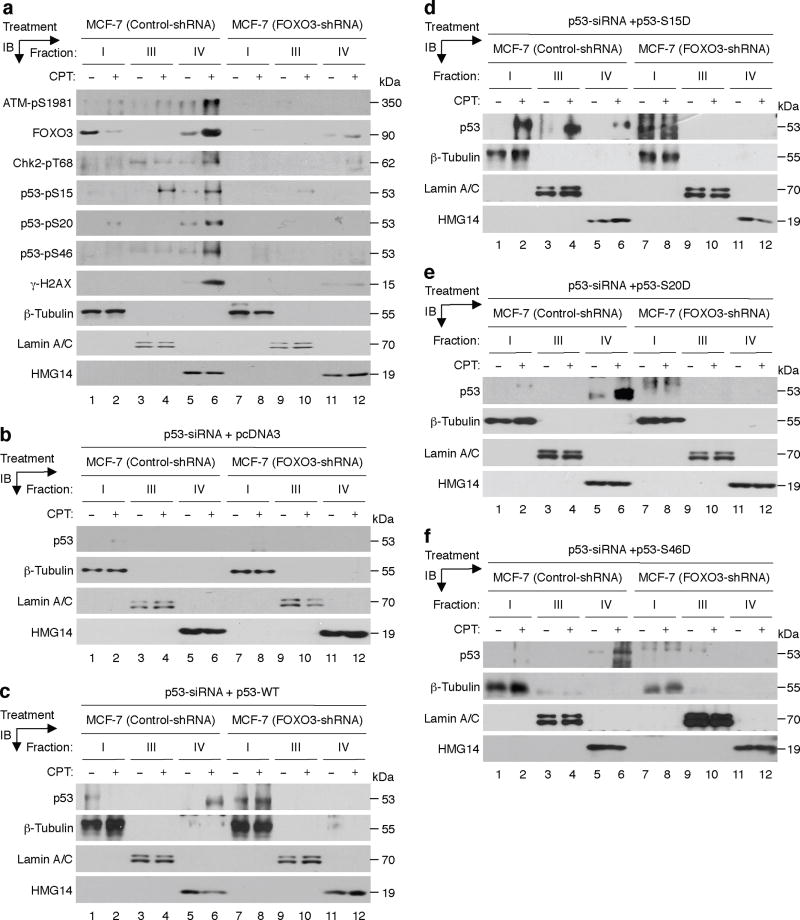Fig. 6. FOXO3 plays a role in regulating chromatin retention of phosphorylated p53.
(a) MCF-7 stable cell lines transfected with FOXO3-shRNA or control-shRNA were treated with CPT (1 μM) (+) or DMSO (−) (control) for 4 h, and cells were harvested and fractionated with Nonidet P-40 as described in the section of Chromatin Retention Assay under “Methods”. Equal amount (20 μg) of each fraction was analyzed by IB analysis with the highlighted Abs as described above. Proteins β-tubulin, lamin A/C, and HMG14 (high-mobility-group 14, a chromosome binding protein) represent the fractionation and loading controls of the cytosol (fraction I), the nucleoplasm (fraction III) and the chromatin (fraction IV), respectively. (b–f) MCF-7 (control-shRNA) and MCF-7 (FOXO3-shRNA) cells were transfected with p53 siRNA for 48 h, then transfected with pcDNA3 (negative control) (b) or the p53-WT vector (c) or the specific vectors expressing p53-S15D (d), p53-S20D (e), and p53-S46D (f) for 36 h. The transfected cells were treated with CPT (1 μM) or DMSO for 4 h, then cells were harvested and subjected to chromatin fractionation and IB analysis as described above.

